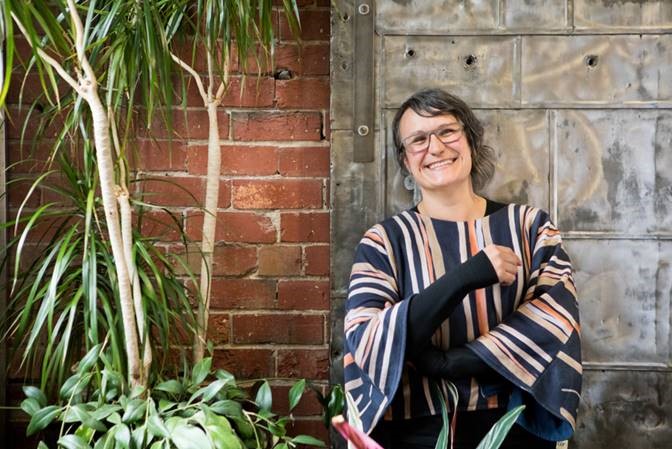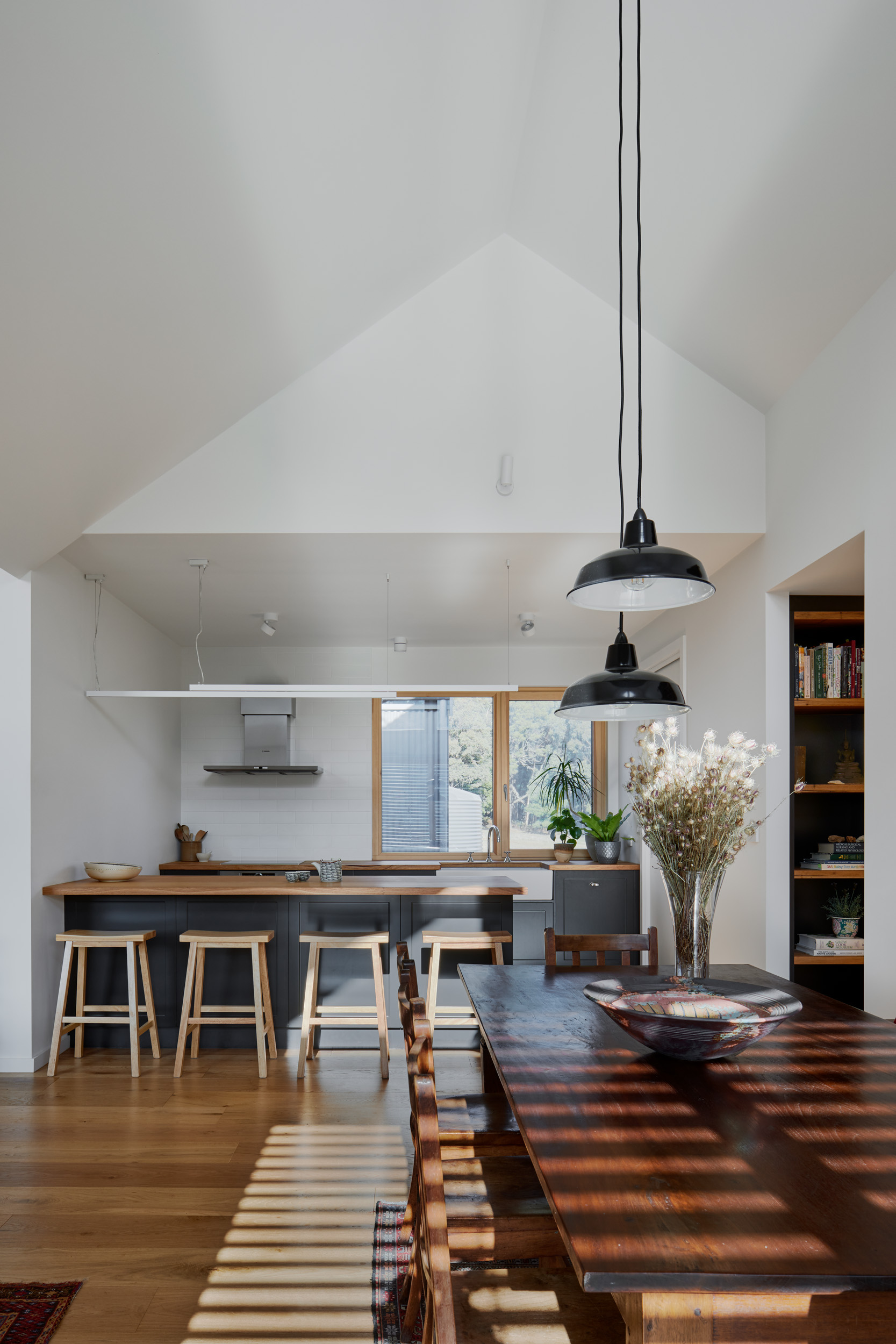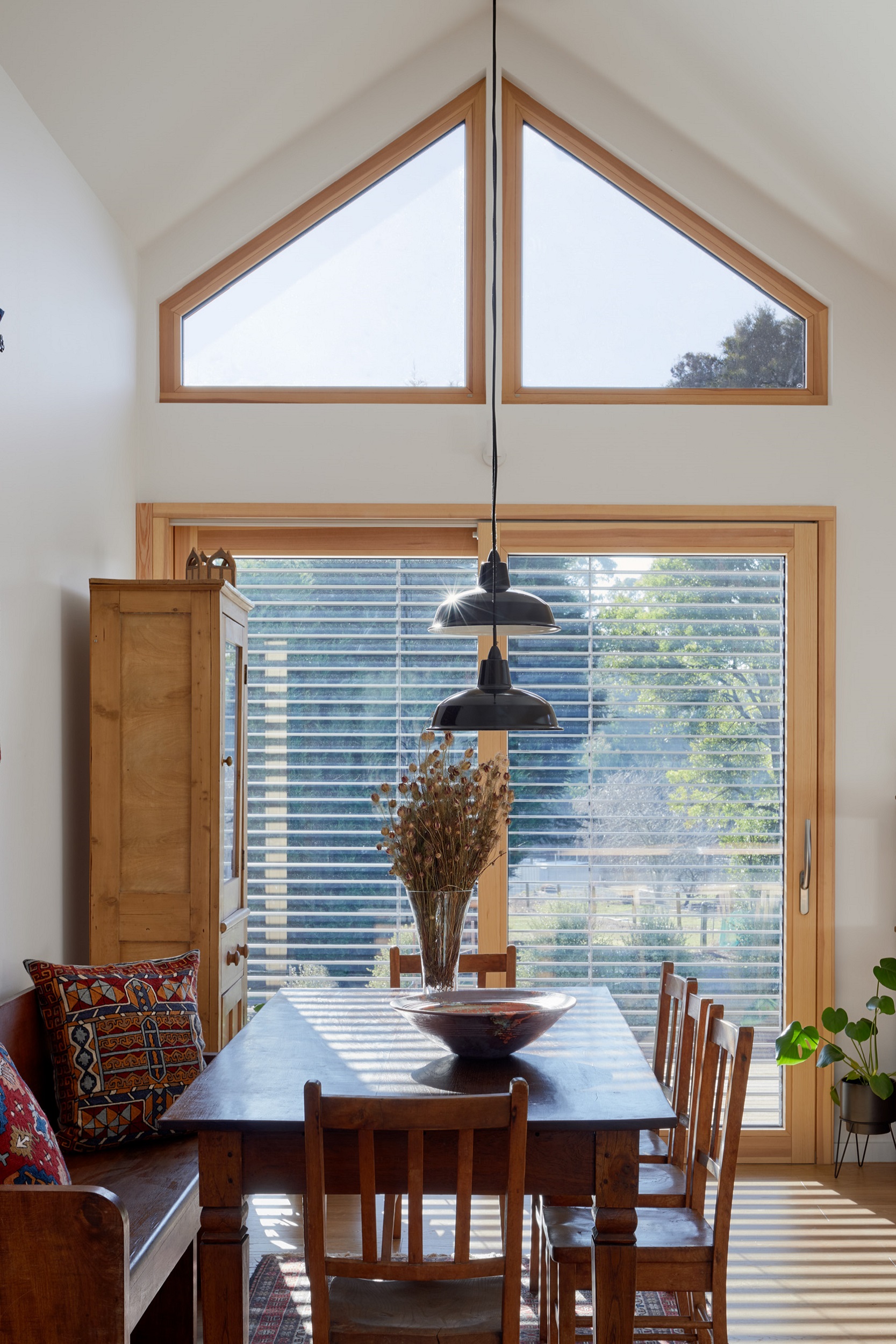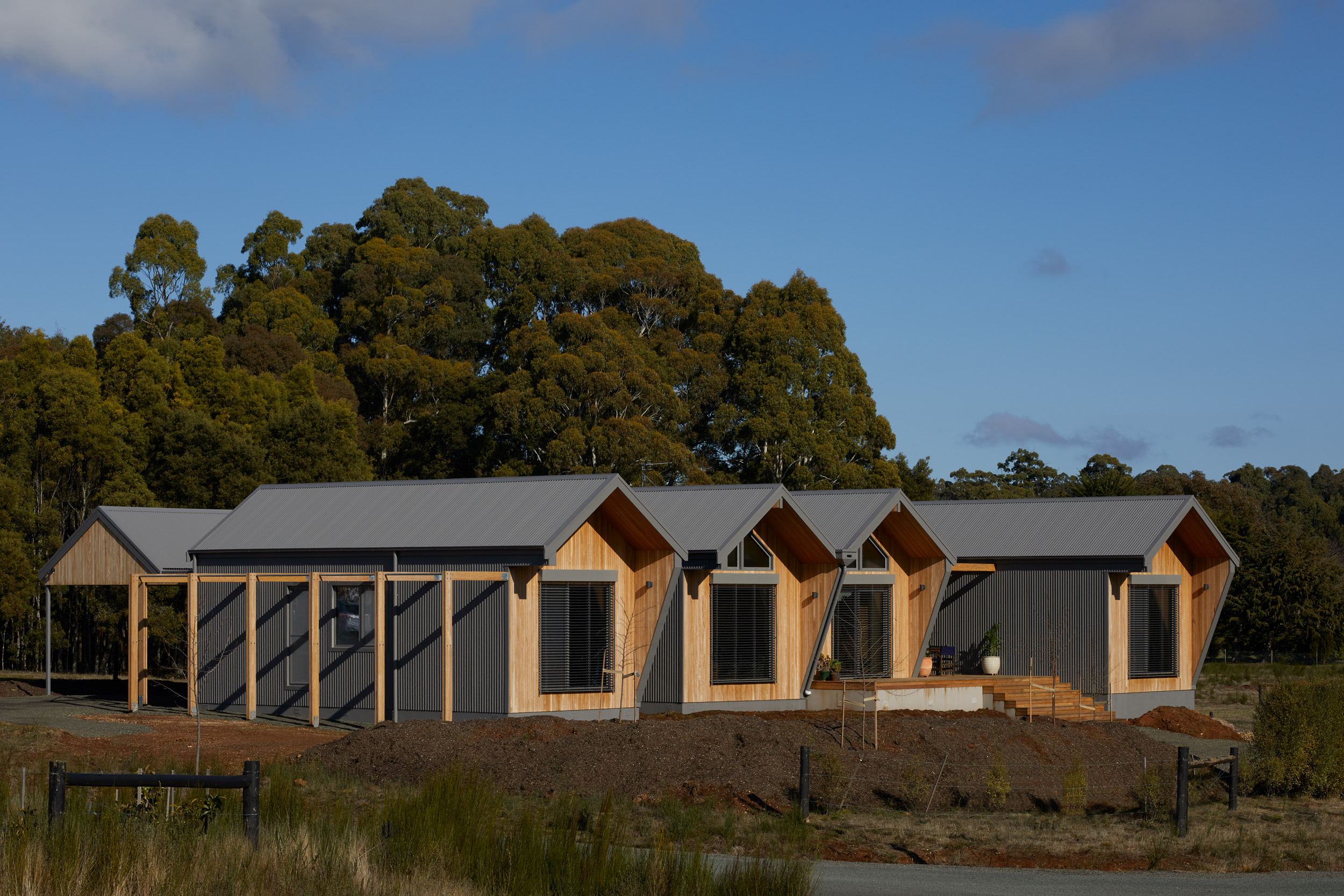News
Box Hill Institute Students Take Out Australian Building Design Awards with Passive Houses
2020-11-24
Box Hill Institute Passive House alumni, Talina Edwards and Sven Maxa, have ended 2020 with a handful of awards from the Building Designers Association of Australia (BDAA): National Design Awards 2020 and the Design Matters 2020 Building Design Awards.
Talina Edwards has won the BDAA: National Design Excellence Award 2020 for her Passive House residence, Owl Woods. She also won the New Residential Buildings 251-350sqm and over $2,500/sqm award for the same project.
The BDAA National Design Awards are awarded to BDAA members who create the most sustainable and stylish residential and commercial building designs. Owl Woods is a 200 square metre home located in Trentham, about an hour out of Melbourne. It was built using native timber, corrugated steel cladding, reclaimed timber and recyclable steel sheeting.
The Design Matters awards are held by Design Matters, a leading professional body for building designers and related industry professionals. At the Design Matters 2020 Building Design Awards, Talina won the Residential - New House Up to $500K-$1M award for the Owl Woods Passive House, and Sven picked up the awards for Building Design of the Year, Environmentally Sustainable, and Residential New House $1M - $3M for his Passive House, Earth House. Located in Donvale, Earth House is a Passive House constructed from rammed earth with an interior of PanelLite modular walls and roof framing system. It contains a green roof, triple glazed windows, solar power and a solar hot water system.
Passive House designed buildings aim for a low carbon footprint and Owl Woods is one of the first 32 certified Passive House buildings in Australia. These buildings can have operational energy that’s 90% lower than a standard home, which results in substantial savings over the years. Not only do Passive House methods allow super energy efficient buildings but also healthy and thermally comfortable buildings for people to live and work in. Excellent air quality is achieved using a filtered heat recovery air handling system whilst the building design method eliminates thermal bridges, condensation risk and mould.
Box Hill Institute’s Passive House Coordinator, Susan Morris, said, “It’s exciting to see our Passive House alumni winning state and national awards for their highly sustainable building projects. In 2014, Box Hill Institute was the first Australian training provider to deliver the courses and exams to enable our students to become internationally accredited professionals.
“Six years on, hundreds of building practitioners including building designers, architects, engineers and tradespeople have been trained in Passive House methods by Box Hill Institute. These individuals are making major improvements to the way residential and commercial buildings are constructed in Australia. They are leading the way to ensure sustainable methods are applied for health, comfort, energy and carbon outcomes in the built environment,” she said.
Sven opened Maxa Design in 2004, which he runs with his wife, Dawn. Their studio specialises in high-level eco and energy efficient design and includes seven Passive House projects including Earth House, Donvale.
Talina studied a Bachelor of Architecture and a Bachelor of Planning and Design at the University of Melbourne, graduating in 2002. She worked as a Project Architect with Habitus before moving to Henry Architects as a Senior Architect. In 2011, Talina began her own business called Talina Edwards Architecture, based in Ballarat, and in 2018, she enrolled in the Passive House Designer course at Box Hill Institute, successfully passing the exam.
Talina said, “One of the best parts of the Certified Passive House Designer course was the passionate and knowledgeable teacher. This course provides the knowledge, with both theory and practice examples, to learn how to lead by example. Understanding building science is fundamental for construction industry professionals.”



